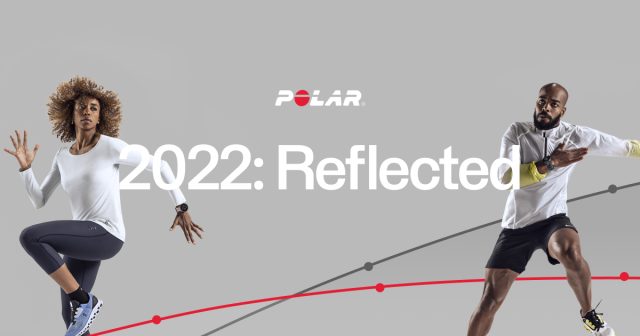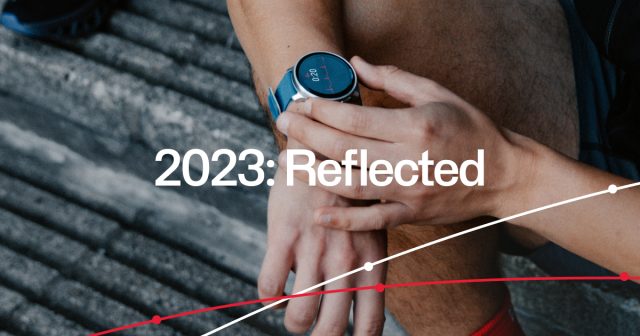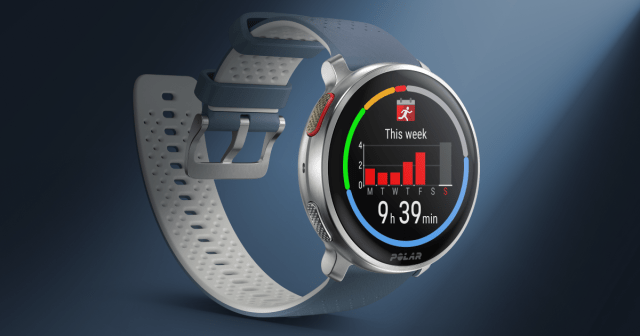When you track your training session, you do it because you want to see how you did and analyze what you should do differently.
The more accurate and reliable the data is, the better it will help you to reach your goals. The more science has to do with it, the more accurate the data is.
So, let’s take a look at what research and scientific evidence have got to do with improving your athletic performance with reliable workout data.
The evolution of sports technology and data
To understand the fundamental role of scientific research in the evolution of sports technology, we have to go back to the beginning of Polar’s story.
Over 40 years ago, on a ski track in Northern Finland, a cross-country skiing coach was struck by genius – to help his athletes reach their full potential, he would need to find a way to measure their heart rate. The only problem was that such a solution didn’t exist.
Over 40 years ago, on a ski track in Northern Finland, a cross-country skiing coach was struck by genius.
Luckily, the skiing coach shared his idea with a university professor of electronics and they developed the very first Polar solution to measure the heart rate of athletes non-invasively.
University research, innovation and patenting didn’t stop there as Polar continued to develop new science-based technology.
As a result of ongoing research, the first solution to record heart rate with a chest strap (based on RR interval detection from ECG signal) has evolved. It is accompanied by wrist-based heart rate measurement and personalized solutions that combine heart rate data to sensor technology – for example, speed and heart rate combined to create an intelligent Running Index feature.
Sports technology has come a long way since the beginning and today, we can see the science-based intelligence come to play in accurate feedback, tools to analyze personal data from your training sessions and personalized guidance on how to train smarter, such as running performance tests, running power measurement and running programs.
Sweat will get you started – workout data will take you all the way
Despite the evolution of technology, there isn’t (yet) a gadget that would do the actual work for athletes. You still have to put in the sweat but without data, you won’t know if you’re doing the right things to get to where you want to go.
To have truly actionable guidance towards your goals, raw data isn’t enough – you need smart, personalized solutions. Enter heart rate data, which is as personal as it gets.
You are an individual. Your body is an individual. That’s why the heart rate algorithms have to be individual, too.
When it comes to heart rate, there isn’t a one-size-fits-all formula that applies to everyone. It is always individual how your body reacts to exercise and how fast you recover.
That’s why the algorithms in heart rate measurement have to be individual, too, and take into account your demographics (gender, weight, height, resting heart rate, resting aerobic capacity). The algorithms we use calculate values, like calories and recovery time, for each person differently.
Your past training history helps you make improvements in the future.
What makes your workout data even more personal is that the more you use the product, the more the product learns from you and you learn from the product. This way your past training history helps you make improvements in the future.
Reliable Workout data requires research
Just like over 40 years ago, the university professor listened to the need of the coach and developed a solution based on that need, that’s how we still do it today:
We seek to identify authentic customer needs and develop products and features to meet those needs.
The entire evolution of an initial idea to a final product on an athlete’s wrist.
Polar’s in-house research team of about 40 people is always on the lookout for innovation. Having research in our own hands means we can take a basic signal and develop algorithms into product features and personalized data for athletes and oversee the entire evolution of an initial idea to a final product on an athlete’s wrist.
Scientific evidence is a solid foundation for product development but the research work isn’t over after the product is done – developing new features and even better ways to use data is an ongoing process.
When Polar researchers find new physiological or technological phenomena, they first look into our own research and brainstorm with in-house experts and external researchers.
After that they develop algorithms and validate their findings in in-house studies.
Finally, they make sure that everything that was done in laboratory circumstances can be done with the wrist unit.
Finally, they make sure that everything that was done in laboratory circumstances can be done with the wrist unit. This means that the features developed are scientifically validated with objective research partners.
This final step is the final stamp and a way to show the scientific evidence behind our products and the value we offer our customers. It’s a way to objectively prove that our products are valid, reliable and credible.
The brand for research teams
As a result of consistent research behind our products, Polar has become a golden standard reference of heart rate measurement globally. Research teams all over the world use Polar heart rate technology as a reference for their research because the technology is precise, reliable and useful for a variety of purposes at rest and during exercise.
“The science community is eager to work with us because it’s a win-win situation for both parties. They learn about technology and we get to develop our coaching and research physiological and technical demands with the best experts in the world,” says Raija Laukkanen, Director of Science Collaboration at Polar, responsible for collaboration with research institutions and universities and science experts.
During about 40 years of existence of the company and 30 years of active business, we’ve collected all the research documents that use Polar.
Every year 800 scientific studies use Polar technology.
“To our astonishment, we’ve discovered that we’re the brand for research teams,” says Laukkanen. “We have altogether over 4,500 research documents in our research index database and the number is steadily growing.”
Every year 800 scientific studies use Polar technology globally – researchers approve it, athletes use it…
We can’t wait for what the next 40 years will hold for sports technology but we hope we’ll continue to bring the data (and you bring the rest)!
If you liked this post, don’t forget to share so that others can find it, too.
Or give it a thumbs up!
I like this article
Please note that the information provided in the Polar Blog articles cannot replace individual advice from health professionals. Please consult your physician before starting a new fitness program.





